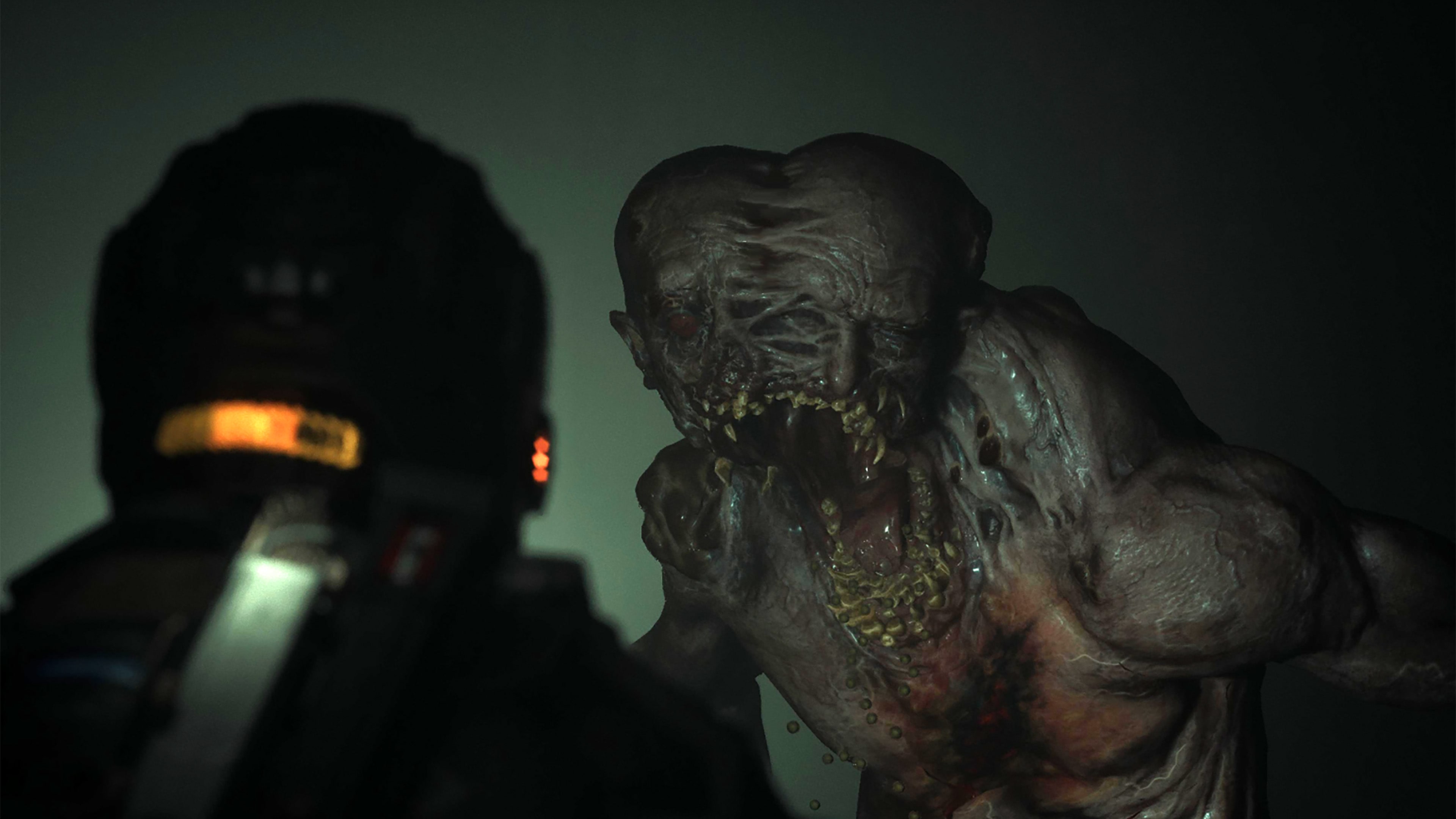Have you ever browsed the massive collection of sci-fi horror art images on ArtStation or DeviantArt? You’ll spend hours being amazed at how detailed, vibrant, through-provoking, and photorealistic the digital nightmares were. And do you also realize that the vast majority of them are not “traditional” paintings? Most of them are CGI (computer-generated imagery) created on computer screens. As you explore more to look at character designs, there’s a good chance that a lot of them are also 3D models rendered into 2D images, and the results are mesmerizing.

When you’re talking about digital technology and art, you can’t possibly leave out CGI (computer-generated imagery) and CAD (computer-assisted design). They’re arguably the biggest things to keep the creative world rolling in the digital age, regardless of the subject in discussion.
As technology grows, visual arts are no longer limited to paintings on canvas or sketches, but also digitally drawn illustrations, 3D models, and photorealistic renderings. Computer hardware has become so powerful these days that it can generate images so lifelike, you’d think they’re photographs. The same thing applies to animated videos–so long as the characters depicted in the scene are not humans. They might be imaginary monsters, mythical creatures, hybrids of some sort, or non-living things like houses or cars.
All the monsters, flying cars, hoverboards, alien planets, and humanoid AI robots you see in sci-fi horror films are almost definitely CGI. And if you stretch the definition of “art” long and wide enough, you’ll appreciate them even more. They’re works of art, created by both the artistic and the techie. Digital artists might not have oil paints on their desks; what they have is powerful hardware capable of translating their sense of artistry into realistic visualization. But what they make is still definitely art.
Visual Art and FX
In the age of technology, sci-fi horror art is everything you can create on computers, including but not limited to photorealistic renderings, 3D character designs, and all those special effects you see in films.
Sci-fi horror has always been a staple of Hollywood, captivating the audience with fear, wonders, suspense, thrills, and mysteries of the unknowns. When the subgenre was still in its infancy in the industry, filmmakers turned to practical effects and costumes to create monsters, spaceships, alien landscape, zombies, human-animal hybrid, and many abominations captured on camera. As technologies continue to develop over the decades, computer hardware is becoming even more powerful by the day, capable of generating/recreating digital effects that look convincing to where you think the monsters are real.
Take the original Predator as an example. The film came out in 1987, when technology was neither ancient nor as advanced as it is today. Much of the alien monster/hunter was a costume (animatronic-enhanced suit), but the film also used CGI during various scenes to enhance the realism effect. And it turned out that the result was a million times better than Creature from the Black Lagoon, released over 30 years earlier.
With powerful computers becoming more accessible, one of the biggest improvements so far is photorealistic rendering. Among the most difficult parts of manual painting is recreating lights, or how light works and affects the entire frame. Some advanced CAD software packages allow you to automate the process and let the computer handle everything for you. Of course, you still need to make a few adjustments on the direction and intensity of the light hitting the objects inside the frame, but it’s as easy as moving a slider, choosing from a drop-down menu, or inserting numerical values into a box. You never have to touch an actual brush, let alone drawing lights manually. Once all the parameters are (digitally) configured, the software takes over and generates a realistic image for you.
We think the relationship between special effects and sci-fi horror is conveniently dependent because the genre needs CGI to showcase its imaginative worlds. Science fiction is inherently speculative as it must present hypothetical realities filled with objects, technologies, and environments which may or may not exist yet in the real world. The sci-fi horror film Alien (1979) is arguably the most iconic of them all, and you can’t say that it’s not a work of art. In fact, it played a massive role in spearheading the development of CGI and revolutionized digital filmmaking at large. If your film has to showcase something as strange, mysterious, terrifying, and stomach-churning as the villainous Xenomoprh in the most realistic way possible, you stay away from costume and practical effects and use FX instead. Now imagine using the film’s setting but replacing Xenomorph with another fearsome creature to build the horror; CGI has you covered.
Although you can do anything digitally now, some practical effects are still better. For example, you shouldn’t substitute the physical drop of blood with a computer-generated iteration. It might work to some extent, but the animated version won’t be able to deliver the same terrorizing effect. Digital tools are great and all, especially if you’re creating stand-alone visual artwork, but they sometimes look weird in a live-action setting.
Do you prefer sci-fi horror films with practical effects or CGI? Are animated sci-fi horror films as scary as their live-action alternatives? We’d love to hear from you.
Other Things You Might Want to Know
Some animated sci-fi horror films you should watch:
Frankenweenie (2012)
- Dead Space: Downfall (2008)
- Resident Evil: Death Island (2023)
- Dead Space: Aftermath (2011)
- Lily CAT (1987)
How many movies are there in the Creature from the Black Lagoon series?
The film spawned two sequels, including Revenge of the Creature (1955) and The Creature Walks Among Us (1956). It’s a trilogy.
Recommended sci-fi horror video games:
Alien: Isolation
- The Callisto Protocol
- Dead Space series
- SOMA
- Signalis
- Observer
- Moons Of Madness
- Iron Lung
- We Went Back
Check out other articles by month:







